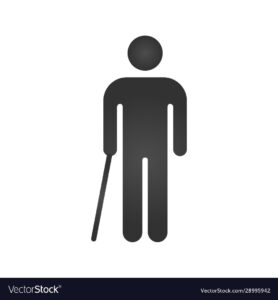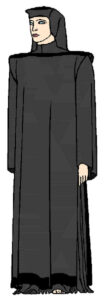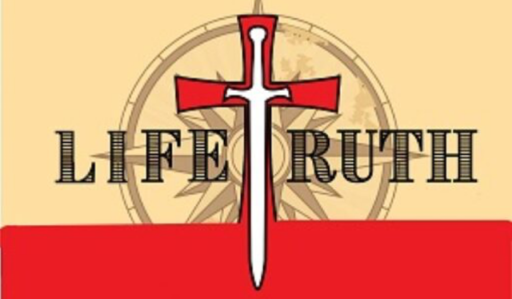Some background and continuity.
Jesus has just left the temple after his teaching during the feast of booths. He seems to have made some progress in winning followers, but he made a narrow escape after preaching truth to the religious leaders who wanted to stone him.
Was his narrow escape a miracle? Maybe, but unless they kept stones in the temple treasury for the sole purpose of killing those who disagree… Probably not. The escape would be as simple as departing in a different direction, while the leaders left to gather their stones.

John 91:12
Jesus passed by a blind man, who was blind from birth. There seems to be some conflict in pinning down the time of this event. Based on how it flows into the events of chapter 10, it could easily be during a winter feast, instead of on the heels of the feast of booths in the Fall. It was definitely on a sabbath, as we’ll see later.
In Jewish culture, having a severe sickness or handicap was seen as a sign of God’s punishment, so his disciples wondered over this ailment that this man had since birth. With an ailment as severe as blindness, someone had to have done something wrong, right?
Jesus’ answer let them know that some ailments aren’t about sin. Sometimes bad things happen, so God can be glorified.
Daytime is the time to get work done. In an agricultural environment, there can be no work at night. Jesus is about to take the opportunity at hand for something special. Light reveals and is good. Dark hides secrets and is best for resting. Jesus is the light of the world, and evil flees from him as surely as darkness flees from light. He is the creator of everything, but his creation doesn’t recognize him.
There is work to do in the day while he is here. Soon, he won’t be here, and the mysteries of the dark night will settle back in. Though the night may come, as long as his believers are in the world, a little ray of his light will also remain.

But what about the blind man?
When Jesus heals, he uses different methods. Sometimes a word is spoken, and healing is from a distance. Sometimes healing is from a touch. Here, a field-expedient mud pack is made, setting up a series of steps on a healing journey. Regardless of the method, it’s Jesus who heals.
Jesus did his part. He put the mud on the blinded eyes. To complete the ritual, the man had to do something as well. In short, he obeyed.
He had to go to the pool of Siloam. With the clay on his eyes, he wouldn’t be able to see, even if his vision was restored on the spot. Though he was blind, he was familiar enough with the town to know how to find it. The clay wouldn’t be a barrier to him. Every step he took was a step of faith. He obeyed. He washed and could see. Then he returned to where he started, so he could talk about it.
There were neighbors, those who were somewhat familiar with the blind man, and possibly knew him by name. Some strangers knew him by sight. Both groups recognized him, and that he could see. He was walking without assistance from a cane or helper. They saw him, and he recognizes them at a distance. But they had a hard time believing their eyes.
Out of the group of friends and strangers, some recognized him willingly. Some thought it was some kind of body double. A trick. But the man was quick to assure them it was really him. His blindness was healed.
Believers or not, doubtful or not, everybody wanted to know about it. How was it done?
He retold the simple details. Jesus did it. He put mud on my eyes. I washed it off. Now I can see. Simple, what more did they need to know?
But it really wasn’t in the ritual, or method of how he was healed. The real question that nobody was asking was who was Jesus, and what kind of power did he have to command blindness? Jesus’ healing went deeper than just fixing broken bodies. His healing was for the soul and spirit.
The question they managed to ask was, “Where is Jesus?” But not even the blind man knew. Jesus worked his healing, but he didn’t stay around. He let the man enjoy his celebration with those around him.
Why did the people want to find Jesus? Did they need to see his credentials to practice medicine in town? Did they need more confirmation on the legitimacy of the healing?
There’s going to be trouble brewing with some unhappy Pharisees. Stay tuned until our next installment to find out what has them so riled up. Why can’t they just enjoy the miraculous event and be happy for the formerly blind man?

Credits
consider supporting the podcast through our Patreon page.
feel free to drop us an email, use the comments on the show note page, or call our voicemail at (401)753-4844.
Follow us on social media, and join us in what we’re doing there.
Twitter: @HPNCast
Facebook Page: @LifeTruthPage
Facebook Group: HPNCast Community

Thanks to the recorded comments from J Vernon McGee. His ministry and daily bible study live on through Through the Bible Ministries (ttb.org)
Scriptures in the show notes and episode are quoted from the King James Version, except when read by Keith, then it’s the NASB.
Scripture quotations are from The ESV® Bible (The Holy Bible, English Standard Version®), copyright © 2001 by Crossway, a publishing ministry of Good News Publishers. Used by permission. All rights reserved.”
“Scripture taken from the NEW AMERICAN STANDARD BIBLE®,
Copyright © 1960,1962,1963,1968,1971,1972,1973,1975,1977,1995
by The Lockman Foundation. Used by permission.”
Podcast: Play in new window | Download (Duration: 42:05 — 38.5MB)
Subscribe: Apple Podcasts | Amazon Music | Podchaser | RSS | More

